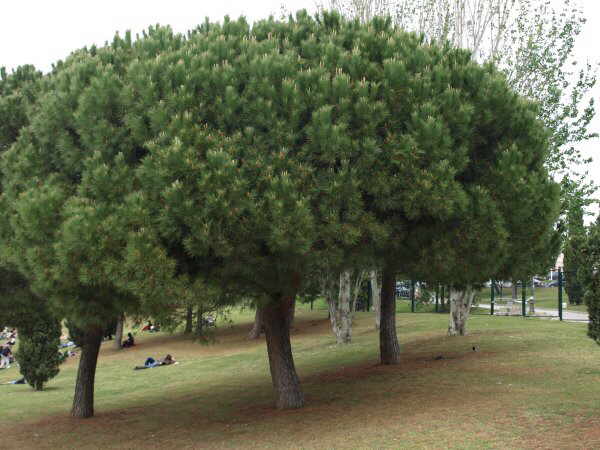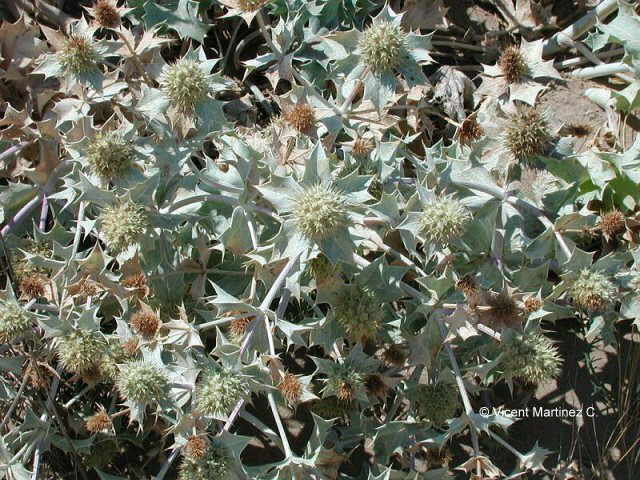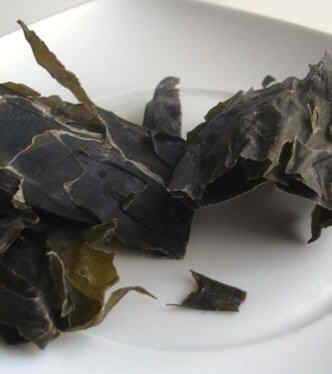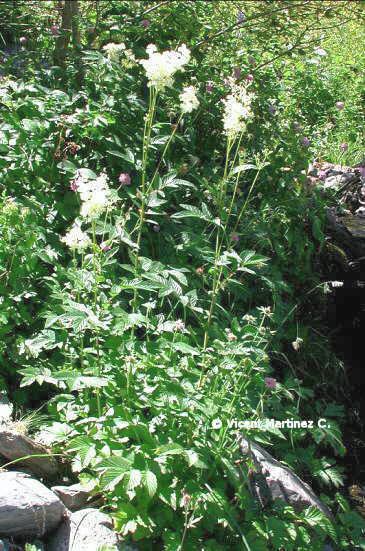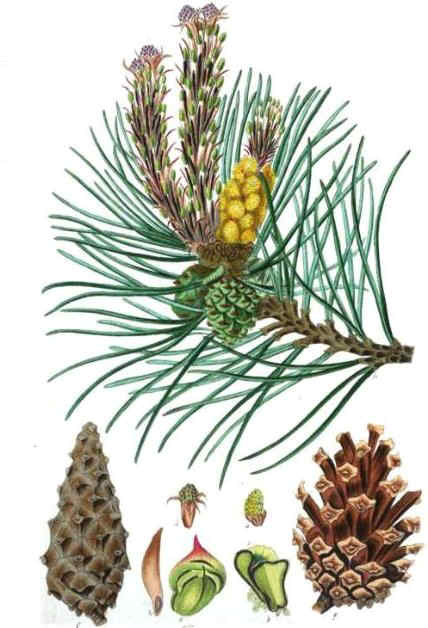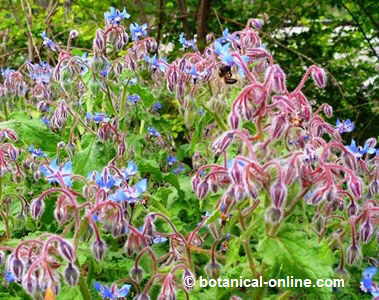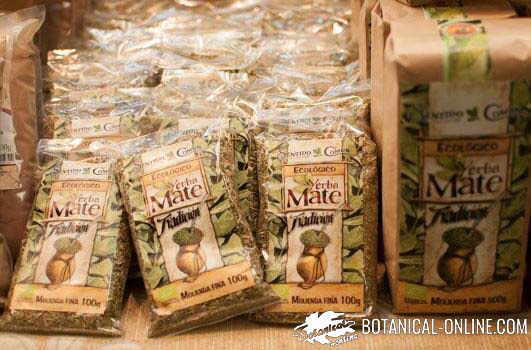Contents
ZAFFRON, THE MOST EXPENSIVE SPICE
Origin of Saffron
Saffron crocus is obtained from the stigmas of crocus plant (Crocus sativus).
This plant, which stains the best golden Mediterranean dishes, is native to the Middle East, and like many spices, it was brought to Europe and spread throughout Asia, by the Arabs.
Indeed, saffron comes from the plateaus of Anatolia, in Zagros, Iran today. – Through the ” Silk Road “, saffron came to East. That’s when in China, people began to dye silk garments with red dye extracted from saffron.
The Romans knew the saffron trade in the ” Mare Nostrum “, the current Mediterranean region.
Saffron reached the Iberian Peninsula during the reign of the Caliphate of Cordoba in the eighth and ninth century. It was widely grown in Andalusia (Al- Andalus), and its cultivation spread to the rest of the country.
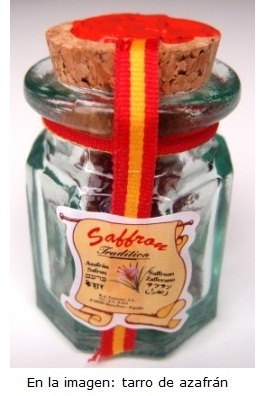
Saffron jar
Saffron as medicine
Saffron was known and studied by Hippocrates, father of medicine, and Galen, the father of anatomy. In ancient writings, it was already known as digestive, antioxidant and antidepressant, which should be taken with caution, because in high doses can be fatal.
Covertly, saffron has also been used as an abortifacient plant.
– The ancient Romans used saffron pillows to combat migraine and for its aphrodisiac properties.
– The botanical historian Andrés Laguna (1499-1559), also cites it as an aphrodisiac remedy in his book
Saffron as a dye
– In ancient Egypt, the Egyptians already knew many aromatic, cosmetic, and medicinal plants. Among the more than 700 plant substances they used, saffron stigma was there. They used it for embalming, for cosmetic and for decorative purposes. Crocuses are depicted in ancient Egyptian engravings, and old stories as the Ebers Papyrus.
– The Egyptians also discovered the chromatic properties of safflower (Carthamus tinctorius), which is currently used to adulterate saffron.
– The Greek playwright Aristophanes, reports that his clothes were stained with crocote, saffron ink.
– In China, saffron was used to dye silk garments.
– Buddhist monks dyed their robes in saffron. In Tibet, lamas were and continue to be known as “saffron robe” as this is the color of the clothes they wear
![]() … Previous reading: Why is saffron so expensive //Continue reading…Saffron characteristics
… Previous reading: Why is saffron so expensive //Continue reading…Saffron characteristics

